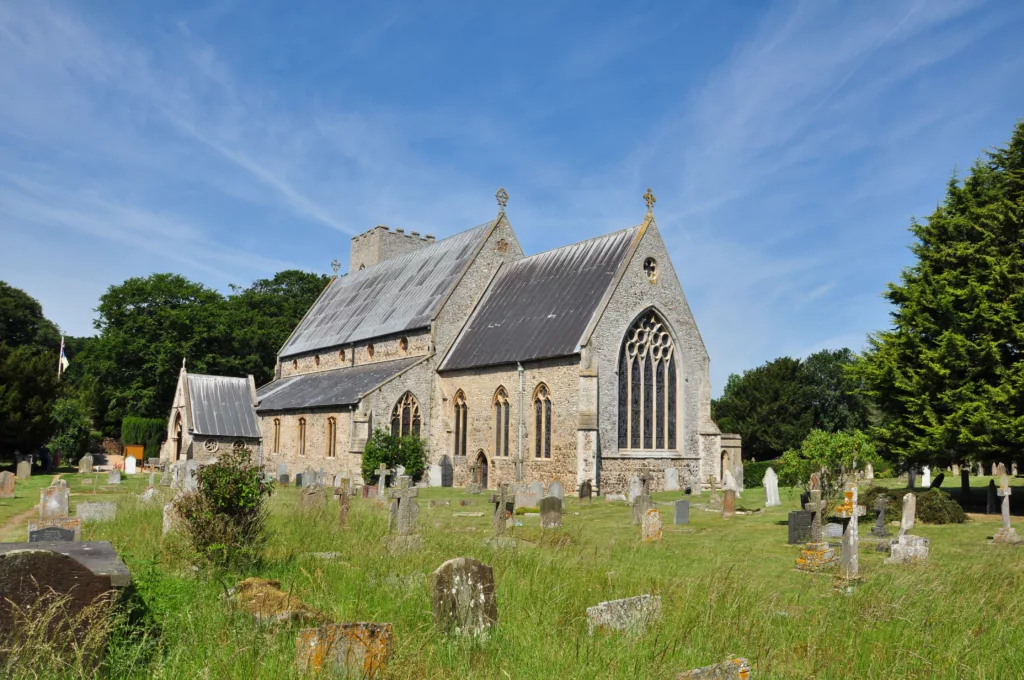
Exploring Norfolk’s Medieval Churches
Norwich visitors are often struck by the city’s number of churches. There were once 57 within the city walls but not all have survived: war and weather have taken their toll. This self-guided walking trail (about 2.5 miles) takes you to eight of the parish churches still in regular use for worship. On the way you’ll pass some of the many repurposed churches, particularly those now in the care of the Norwich Historic Churches Trust.
Begin at the ecclesiastical landmark of Norwich – its glorious cathedral. With wonderfully photogenic architecture, multiple chapels and a peaceful cloister, you’ll need plenty of time for a good look round and bite to eat in the Refectory, where award-winning Bread Source bakery serve the most delicious treats. Then follow the trail to St Helen’s, St George Colegate, St Andrew’s, St John the Baptist, St Stephen’s, St Giles and St Peter Mancroft churches. Maybe press pause and sit awhile in quiet contemplation, soothed by soft light and ancient stone, before heading back at Norwich Cathedral.
Most of the churches you’ll see were built in the Middle Ages (1000-1350) but expansions, improvements and embellishments, such as towers and large windows date from between 1350-1530. Local materials like flint were used extensively, supplemented by stone and brick. In the 16th century during the turbulent Reformation, many church interiors suffered terrible damage with statues removed or destroyed and wall paintings whitewashed.
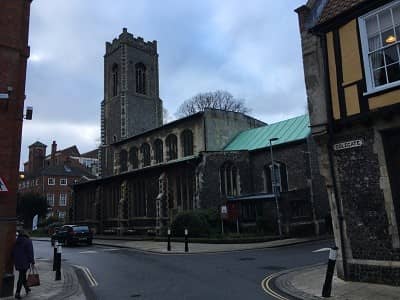
Exploring Medieval Churches of Norwich
In the Middle Ages, Norwich had a remarkable 57 churches within the city walls, many built by wool merchants displaying their wealth. Although war and weather have taken their toll and some of those have gone, even today visitors are struck by the number of ancient churches in the Fine City. Some are repurposed as arts centres, galleries and a thriving puppet theatre, many cared for by the Norwich Historic Churches Trust. You’ll pass some of these on this 2.5 mile self-guided walking trail taking you to 8 of the parish churches still serving worshippers as they have done for hundreds of years.
Most of the churches you’ll see have their origins in the Middle Ages (1000-1350) with added embellishments such as towers and breathtaking stained glass windows dating between 1350-1530. Local materials such as flint were widely used, often skilfully knapped to show the stone’s dark blue core. Begin at the ecclesiastical heart of Norwich, its cathedral. With soaring photogenic architecture, several chapels and a peaceful cloister, allow plenty of time for a good look round and delicious bite to eat in the Refectory. You’ll then be pointed to St Helen’s, St George Colegate, St Andrew’s, St John the Baptist, St Stephen’s, St Giles and St Peter Mancroft before circling back to Norwich Cathedral and maybe stay for a contemplative service.
Although these churches wish always to be open for visitors, life happens, so it’s a good idea to check individual websites for current opening times.
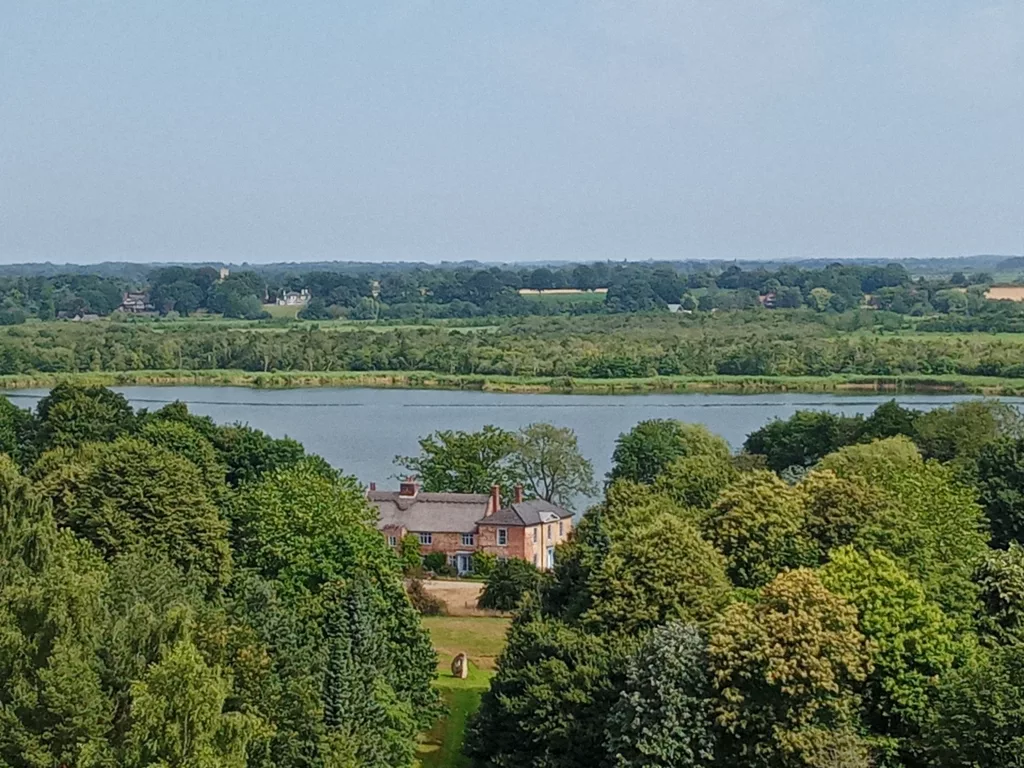
The Cathedral of the Broads
A tranquil autumn walk works wonders for body and soul, particularly when it takes in a gorgeous wildlife haven and heart-pumping climb up a medieval tower – don’t worry, that bit’s optional!
This half day guided tour (about 4 miles) explores the west side of Fairhaven Woodland and Water Garden, lovely village of Ranworth and magnificent St Helen’s Church, known as ‘the Cathedral of the Broads’.
Fairhaven is a beautiful Broadland garden, a Norfolk jungle of dense foliage and huge water plants crossed by wooden bridges and walkways. As the season changes, low autumn sunlight deepens the kaleidoscope of rich colours, glinting bronze and gold through falling leaves. You’ll discover the mighty King Oak, a sapling at the time of William the Conqueror, survivor of storms for almost a thousand years.
A peaceful bridleway connects Fairhaven with Ranworth and Malthouse Broad, sparkling in the crisp air. Soaring from the watery land is St Helen’s Church, dating from the 1300s. Whatever your belief, this place, suffused with centuries of human hope, tugs the heart. And nothing gets it going like tackling 89 steps, two ladders and a trap door! Even more breathtaking are the glorious panoramic views at the top, over patchwork fields threaded with shining rivers.
Back on ground level, there’s a lavishly decorated 15th century rood screen, one of the country’s finest, and superb 15th century illuminated manuscript. The walk ends with coffee/tea and cake at Fairhaven, all the more satisfying in cooler weather.
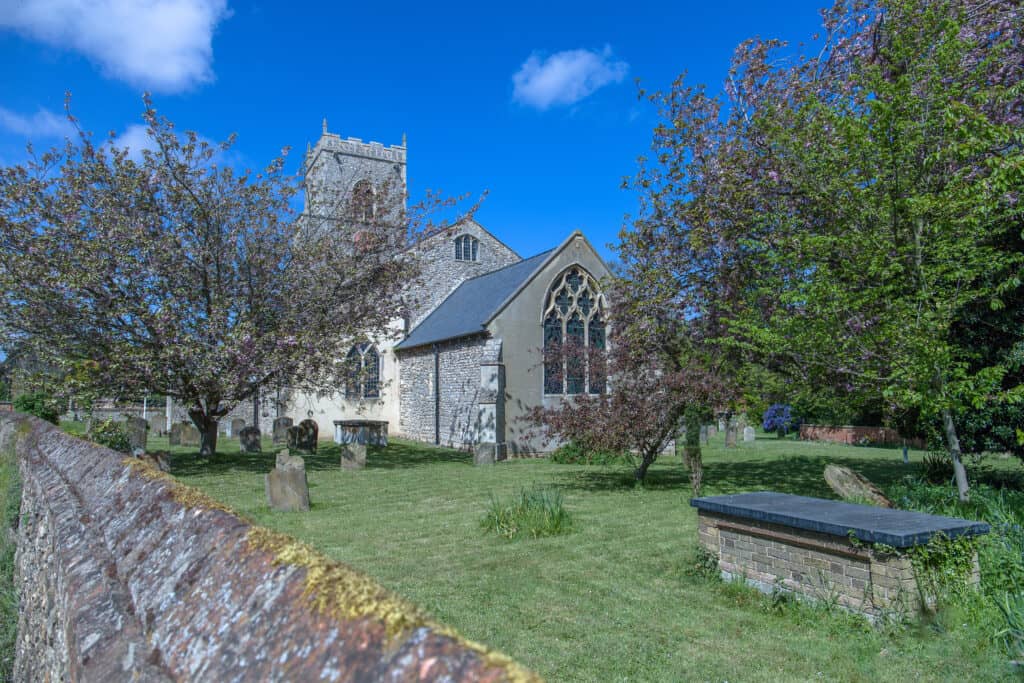
Exploring Churches in the Land of Giants
The churches of the Fens rise above a haunting landscape salvaged from the sea. As if sculpted from the fabric of Norfolk, they soar heavenwards from flatlands of ceaselessly shifting tide and marsh, awash with stories if only we know how to read them.
This is a very special opportunity for your group to visit four extraordinary churches on west Norfolk’s wide-open Fenland in the company of John Vigar, one of the UK’s leading church historians. Engaging and amusing, he’s happy to answer all your questions. With over 40 years of guiding groups around English churches John ensures your day is educational and immensely enjoyable.
Passionate devotee of Norfolk’s churches, poet John Betjeman wrote the Fens were ‘the best plinth for sculptural architecture in the whole country’, but have you ever wondered about the people just like us, who designed, built, and used these monumental structures? Exploring these transcendent spaces, filled with infinitely changing light, you’ll learn how to identify architectural styles and the patina of passing ages. See how medieval wealth transformed ecclesiastical architecture in this unique corner of England.
Between them the four very different churches embrace nearly a thousand years of English history. John will point out tiny clues revealing secrets of our past and share true tales of human suffering, love and hope within these majestic walls. You’ll never look at churches the same way again.
Coffee and lunch stops can be arranged in local pubs, and these need to be pre-arranged.
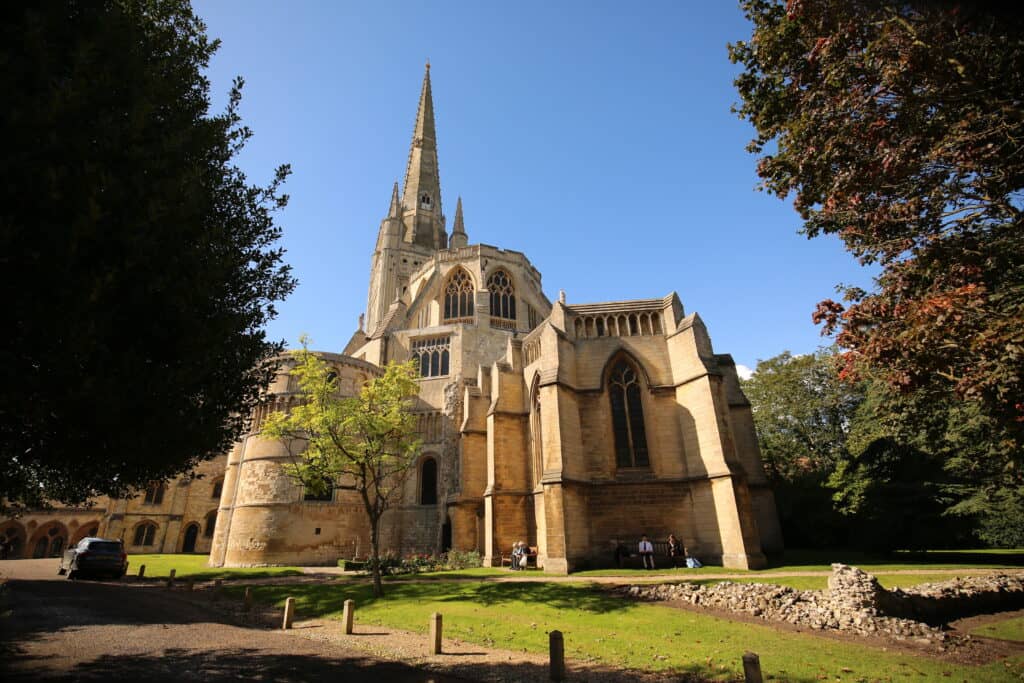
The Tale of Christopher and Alice Burroway
There’s a perplexing inscription on Alice Burroway’s gravestone at St Mary’s, Martham. ‘And there lyes Alice, who by hir Life was my Sister, my Mistres, My Mother, and my Wife.’ Confused? Well, you know what they say about Norfolk. But joking aside, there’s a harrowing tragedy hidden in the riddle of poor Alice Burroway’s 18th century grave.
Once the nuns of Norwich Cathedral found a baby left on the steps. Strong with loud cry, he had a distinctive birthmark just under his shoulder blade. Who would abandon this bonny little lad? It seems a teenager called Alice had become pregnant by her own brutish father, who forced her to abandon the child and never speak of him again. Years later, after her father’s death, Alice inherited the family estate and hired a farm hand called Christopher. A hard worker, he became her steward. And her lover. Alice was no longer a young woman so was surprised by a late pregnancy. The couple married. On their wedding night, they undressed fully for the first time. In the firelight, Alice saw Christopher’s birthmark, a distinctive shape just under his shoulder blade. Stricken, Alice collapsed. How appalling it must have been for Alice to tell her new husband he was also her long lost son, born from the horror of incest. The shock killed Alice and within months Christopher was dead too, victims of a truth too terrible to endure. And no, this tragic story is far from being normal for Norfolk.
Build your own itinerary
If you fancy creating your own itinerary for a day trip to Norfolk or a longer visit, it couldn’t be simpler. Just go to Search Activities and select from our wide range of free and paid-for experiences, saving any that capture your imagination with the click of a button.
Once you’ve finished, you’ll find all the information stored in My Favourite, where you can drag and drop activities to create your own day-by-day itinerary! You can download this to a calendar and even share it with friends.
